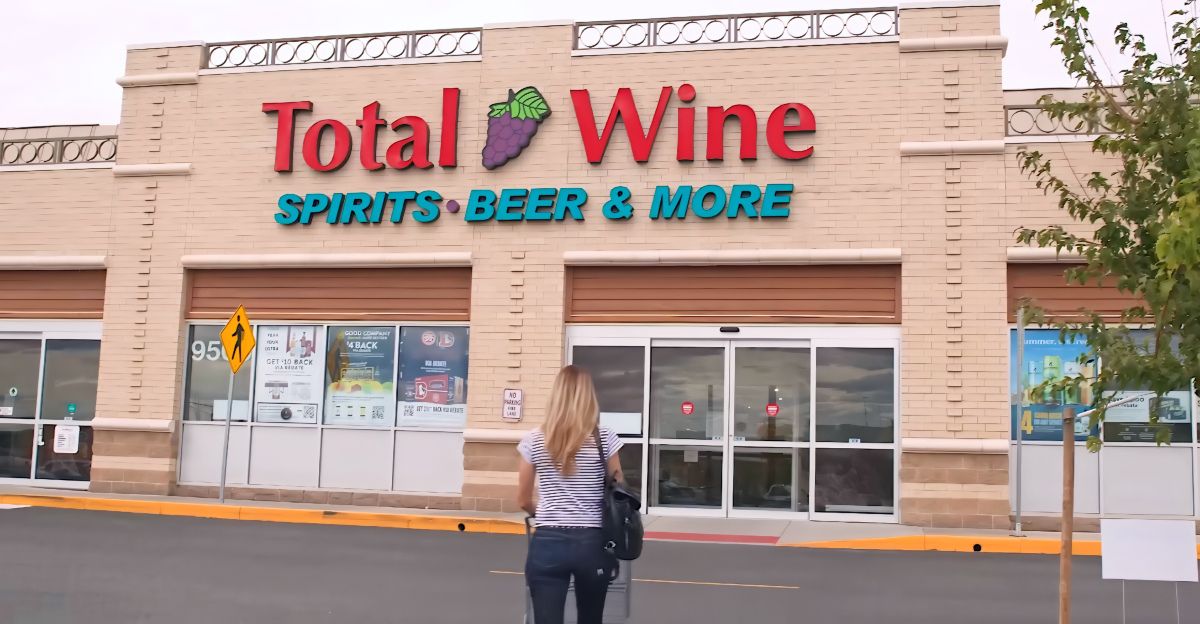
The simultaneous loss of its biggest export market, Canada, and the internal collapse of California’s wine industry have caused a startling $7.35 billion decline in the U.S. wine market. These two strikes have combined to cause a crisis that has never been seen in the history of modern American wine. In response to U.S. tariffs,
The entire industry is now unstable as a result of this double loss. The consequences go well beyond short-term monetary losses; they also jeopardize the livelihoods of thousands of workers, the sustainability of family-run vineyards, and the standing of American wine internationally. There is a fundamental reckoning for the U.S. wine market as its export and domestic pillars collapse.
Historical Background: The Vulnerable Underpinnings of Wine

From phylloxera to Prohibition to current international trade wars, American wine has always been susceptible to outside shocks. Decades of domestic and export growth paved the way for California’s ascent to prominence as a wine powerhouse, with Canada emerging as its most dependable overseas client. By focusing on domestic demand or shifting to new markets, the U.S. wine industry has survived past crises.
The reverberations of previous catastrophes, such as the collapse during Prohibition or the disease-induced destruction of vineyards, act as sobering reminders of the stakes. This time, the industry’s ability to adapt is being put to the test by a perfect storm created by the combination of internal market failures and international political tensions. The U.S. wine industry could experience a protracted period of decline and uncertainty once more if a strategic shift is not made.
The Canadian Collapse: Retaliation and Tariffs

U.S. wine exports to Canada abruptly and violently collapsed. Canada retaliated by enacting laws that targeted American wine after the United States placed tariffs on Canadian goods, thereby “pulling the plug” on imports. In April 2025, exports to Canada, which was once the market for high-end and premium U.S. wines, fell by 93%, essentially shutting down a market that contributed over one-third of the value of U.S. wine exports.
The effects are exacerbated by the fact that Canadian consumers have shifted their loyalty to domestic and European wines, demonstrating little desire to return to U.S. brands. This change damages long-term brand equity and market presence in addition to having an immediate effect on sales.
The Internal Crisis in California: Oversupply and Irrelevance

The wine industry in California, which was once the envy of the world, is currently in decline. Wine consumption has decreased due to shifting consumer tastes, particularly among younger generations, and prices and profits have been lowered by an abundance of low-cost imports and domestic grapes. There is just no market for the grapes, so thousands of acres of vines are being destroyed and tasting rooms are empty.
Growers and winemakers are severely impacted psychologically, with many beginning to doubt the sustainability of their enterprises in the future. This crisis is existential as well as economic, since California’s reputation as a world leader in wine is under threat. The livelihoods of entire communities are at risk due to the ripple effects that are felt throughout the supply chain, from farmworkers to upscale hospitality.
Industry Trends: Falling Sales and Volumes

The figures are striking: In the first quarter of 2025, U.S. wine sales dropped 10.5% while wine volumes fell 9.9%. Due to inventory gluts that force discounts and reduce margins, even premium wines, which once drove growth, are currently having difficulty. Previously a buffer, cheaper wines are also rapidly declining.
Distributors are renegotiating contracts or discontinuing brands entirely, and retailers are cutting back on the amount of shelf space available for American wines. Growing pessimism has a psychological impact on stakeholders and investors, further limiting access to funding and innovation. Only the biggest and most varied companies may survive a protracted period of industry contraction if these trends continue.
Effects of the Second Order: Disrupted Supply Chains

The wine supply chain is experiencing a cascade of effects as a result of California’s layoffs and the collapse of exports to Canada. Bankruptcies and layoffs are occurring among distributors, logistics companies, and packaging suppliers that relied on consistent wine flows. As fewer tourists visit wine regions and associated businesses experience a decline in sales, ancillary industries such as tourism and hospitality are also suffering.
The rural economy is contracting more broadly as a result of the pressure on suppliers of marketing services, agricultural chemicals, and specialized equipment. Due to their interdependence, the suffering is not limited to wine producers but rather spreads to thousands of other companies and employees who rely on a thriving wine industry.
Effects of the Third Order: Investment and Innovation Freeze

Investment in new vineyards, technology, and marketing has come to a standstill as a result of declining revenues and a generalized sense of uncertainty. Once the backbone of California’s wine renaissance, startups and small producers are being driven out by cash flow issues and limited access to capital. The innovation pipeline, which is essential for adjusting to sustainability, climate change, and changing consumer preferences, has stalled.
There will be fewer new brands, trends, and experiences to appeal to younger consumers as a result of the decline in entrepreneurial vigor. Without strong leadership and focused assistance, the U.S. wine industry runs the risk of losing its relevance in a world market that is changing quickly. It will be unable to take advantage of new trends or regain its previous vibrancy.
Is This Creative Destruction, in Contrarian Opinion?

The current crisis, according to some, may be a kind of creative destruction that forces the industry to abandon antiquated methods and adjust to the new circumstances. California’s hegemony and the decline of export markets may create room for new business models, smaller areas, and other grape varieties.
Cross-category partnerships with distilleries, breweries, or non-alcoholic beverage companies may open up new markets and draw in younger customers. However, this disruption is more likely to lead to decline than renewal if decisive action and strategic vision are not taken. Additionally, the industry could use technology to develop new consumer experiences like direct-to-consumer sales and virtual tastings. However, the window for such a change is rapidly closing, and every quarter that goes by increases the chance of irreversible decline.
Speculative Situations: What Would Happen If the Trend Persisted?

The repercussions could be severe if the U.S. wine market is unable to bounce back from losing both California and Canada. The United States might lose both export income and cultural clout if it were to lose its position as the world’s leading wine producer to producers in Europe or the Southern Hemisphere. Wine-dependent rural economies may experience a protracted recession marked by increased unemployment and social dislocation.
While the decline of American wine culture would reduce the country’s soft power overseas, the loss of wine tourism would destroy local economies. A daring, well-coordinated response, on the other hand, might transform the crisis into an opportunity, but this would call for previously unheard-of industry-wide cooperation and vision.
Conclusion

A market on the verge of collapse In addition to being a financial setback, the $7.35 billion loss in the U.S. wine market following the loss of both Canada and California serves as a warning. The industry has become dangerously exposed due to its over-reliance on a small number of important markets and its inability to adjust to changing consumer and geopolitical realities.
Industry leaders, legislators, and stakeholders should be prompted to reevaluate everything from supply chain management to customer engagement as a result of this crisis, which should act as a catalyst for reflection and innovation. The ability of the wine industry to grow from this experience and set a daring new course will determine the future of American wine.
Discover more trending stories and Follow us to keep inspiration flowing to your feed!

Craving more home and lifestyle inspiration? Hit Follow to keep the creativity flowing, and let us know your thoughts in the comments below!
